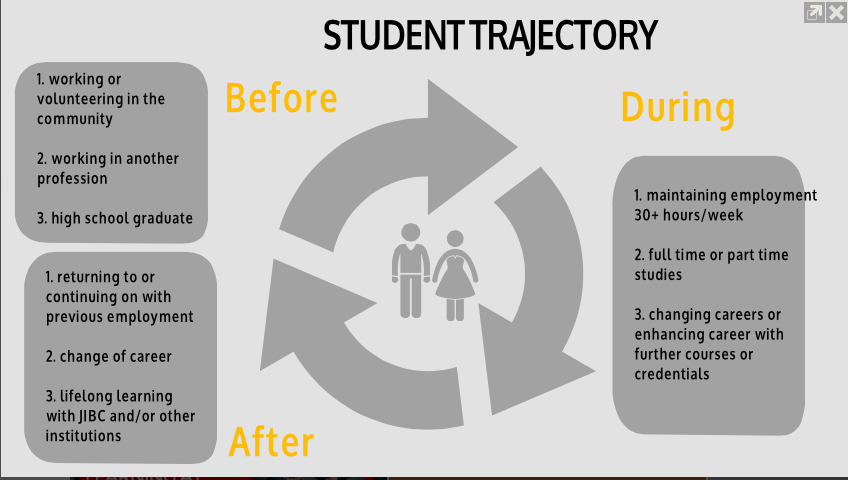Prioritizing Innovation in the Organizational Structure
 It’s been a while since I wrote a series about the topic of innovation in higher education. Here they are from 2015:
It’s been a while since I wrote a series about the topic of innovation in higher education. Here they are from 2015:
About those innovation jobs…7 Rules About Innovation
Removing barriers to innovation – the teaching and learning centre and third spaces
Some ideas for creating a culture of innovation
Considerations for ed tech and innovation
In preparation for being invited a second time (thanks Mark!) to facilitate a discussion on Institutional Organization and Support in the Planning and Managing Technologies in Higher Education course, I’ve found myself thinking about organizational structures and achieving higher ed innovation goals. Since I lead a teaching and learning centre, I care a lot about the role a teaching and learning centre can have in innovation. But I also recognize that sometimes centres can impede innovation and there are reasons why that happens.
For starters, teaching and learner centres generally exist to support some aspect of the academic strategy or plan. But academic strategies have a 3-5 year life and centres generally outlive academic plans. If a centre has been in existence for a while, sometimes it evolves into a well-oiled machine where program reviews, faculty development, and the support and dissemination of good teaching practices are all part of the centre’s activities. These are bread and butter activities that indisputably support ANY academic plan and therefore the prioritization of these kinds of activities can go unchallenged. Staff in the centre were also likely hired based on their abilities to support these things and the centre becomes very skilled at doing them.
Ambitious e-learning or innovation agendas can throw a wrench into the centre’s well oiled machine. For starters, the ambition doesn’t always match the existing resources and centres may or may not have the right staff to lead or implement the innovation agenda. Secondly, without clear direction and expectations from the executive, centres may be tasked with doing innovation in addition to all the other excellent work they are doing. What results is an initiative or two added onto the centre’s existing activities without the appropriate ground work required to have long term, sustainable change.
I’m of the opinion that ambitious innovation agendas actually require sustained and dedicated leadership and groundwork. I’ve already written about what this means in terms of high level steps. Operationally, something like expanding or shifting the ed tech infrastructure (very important) at the institution to meet the innovation goals usually requires countless meetings between the centre’s director and the CIO or any technology steering committees, stakeholders, and the executive. Since e-learning innovation usually (hopefully!) results in innovation in program delivery, there are additional tie-ins with registration, student support, faculty development, and learning design.
So what’s the problem? If you are a well resourced institution you can create a dedicated centre focussed on e-learning and innovation (ideally one that is not divorced from the core centre) to take on the agenda until it settles into a new normal. But many institutions can’t afford to do this which leads to the centre being overloaded and the innovation being water-down or slight variations of status quo.
This is where I think centres and institutions run into trouble. The institution has a role in being clear on the priorities and understanding what activities in the centre need to be parked in order to achieve the innovation agenda. This isn’t to say that one can’t bleed into the other…for example there will likely be a faculty development component to innovation but I think it’s unrealistic for less-resourced centres to be doing scholarship of teaching and learning, indigenization, internationalization, and e-learning innovation concurrently (several of which are popular items on academic plans these days) . You run the risk of being a jack of all trades and master of none and you may end up a teaching and learning centre that appears to lack focus.


